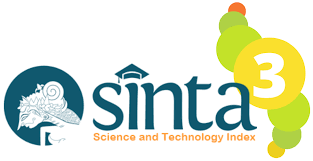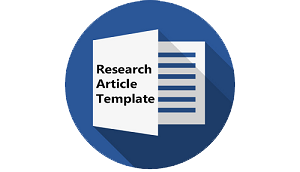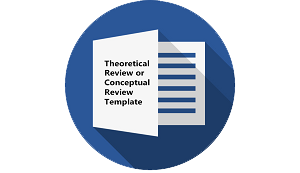AN ANALYSIS ON THE PLOT OF JANE AUSTENS NOVEL “PRIDE AND PREJUDICEâ€
DOI:
https://doi.org/10.30957/lingua.v13i1.20Keywords:
plot, conflict, resolution, Jane AustensAbstract
This study reports an analysis of the plot used in the novel written by Jane Austens, Pride and Prejudice. Using qualitative approach that focused on content analysis, this study presents three kinds of findings. Respectively, the findings are: (1) conflict on which the plot turns, (2) chief episodes or incidents that make up the plot, and (3) plot in terms of its exposition, complication, crisis/climax, falling action and denouement. Conflicts in the novel are nicely to read and the development of the conflicts is smooth. Resolution is given in a direct way. Chief episodes that built up the conflict consist of 15 events from which the ending of the conflicts are easily to guess but nicely to follow. Finally, plots that make up the story concise, smooth, and interesting are supported using simple dialogues, conversations, and plausible resolution.
Downloads
Downloads
Published
How to Cite
Issue
Section
License
Authors who publish with this journal agree to the following terms:
- Authors retain copyright and grant the journal right of first publication with the work simultaneously licensed under a Creative Commons Attribution-ShareAlike 4.0 International License that allows others to share the work with an acknowledgement of the work's authorship and initial publication in this journal.
- Authors are able to enter into separate, additional contractual arrangements for the non-exclusive distribution of the journal's published version of the work (e.g., post it to an institutional repository or publish it in a book), with an acknowledgement of its initial publication in this journal.
- Authors are permitted and encouraged to post their work online (e.g., in institutional repositories or on their website) prior to and during the submission process, as it can lead to productive exchanges, as well as earlier and greater citation of published work (See The Effect of Open Access).















